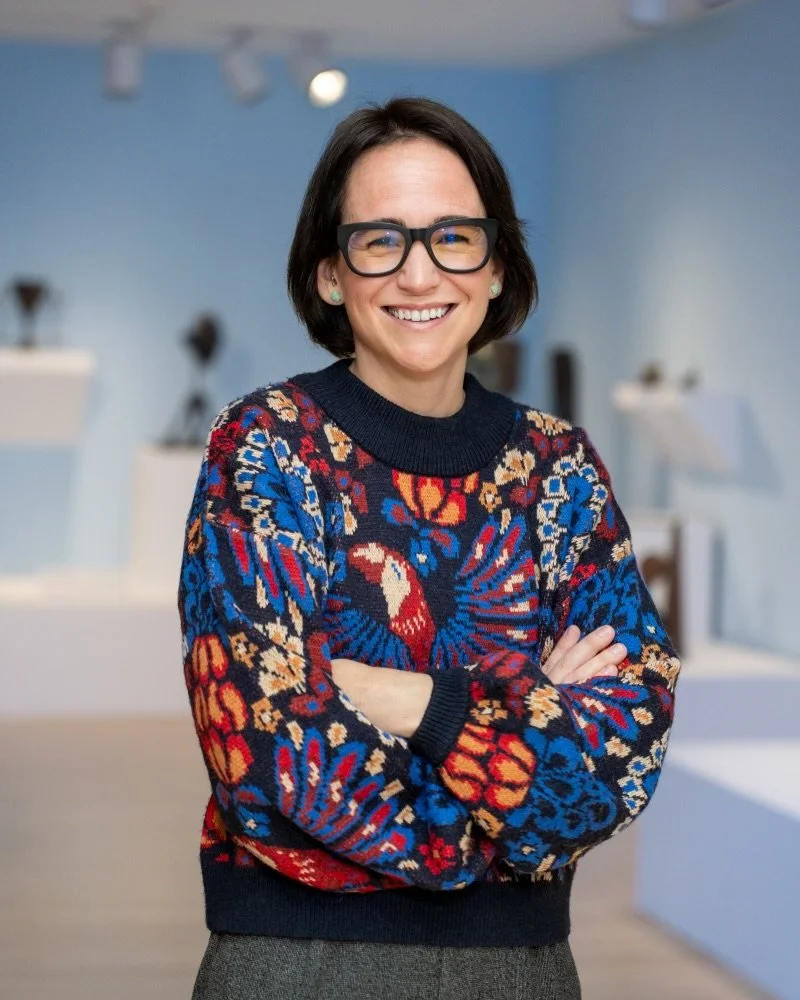oCTOBER 4, 2025 - JANUARY 4, 2026
AMoA BIENNIAL-600 will be an exhibition of artworks selected by a juror from works submitted by artists residing within a 600-mile radius of Amarillo, Texas. The exhibition will be on view from October 4, 2025 through January 4, 2026.
The 2025 AMoA BIENNIAL-600 is the eleventh iteration of an ongoing series of juried biennial exhibitions exploring areas of artistic practice, material, and content. Previous Biennial-600 exhibition focuses included Drawing (’05), Clay (‘07), Glass (‘09), Figurative Painting (‘11), Printmaking (‘13), Sculpture (’15), Architecture (’17), Textile/Fiber ('19), Justice-Equality-Race-Identity ('21), and an open call for all media in 2023. This year, the AMoA staff and Board of Trustees are once again excited to offer the museum’s exhibition spaces to artists working across all materials and genres.



PARTICIPATING ARTISTS
Nolan Abler, Hadi Asgharpour, Mac Balentine, Lane Banks, Beatriz Bellorin, Kelly Berry, Ell Blessing, Jamie Brunson, Keith Buswell, Al Canner, Kathryn Casey, Jasmine Cogan, Angela Corson, Ariel Davis, Jesus De La Rosa, Nancy Dewhurst, Abieyuwa Eigbobo, Robyn Parker Feehan, Daniela Flint, Danielle Georgiou, Raul Rene Gonzalez, Brandy González, Christine Guernsey, Peter Harrington, Jenny Hong DeLaughter, Lisa Krannichfeld, Gaurii S Kumaar, Mokha Laget, Renee Lai, Tina Linville, Mara Lonner, Carla Lopez , Molly Magill , Sharon McCall , Marc McCamey , Benjamin McVey , Katherine Miller , Kellee Mitchell , R.D. Mitchell , George Munoz, Sean Perry, Chit Pu, Rebecca Pugh, Austin Reed, Jon Revett, Ginger Gore Russell, Armando Sebastian, Lori Solley, Abigail Squyres , Hayun Surl , Shayna Sutton , Eric Sweeney , Nina Tichava , Phuc Truong , Dyllan Walker , Linda Wandt , Ting Wang , Anthony Warnick, Doerte Weber, Jennifer Weigel, Colton White, Brad Wilson, Robin Winter, Stephen Zhang
ABOUT THE JUROR
Rachel Zebro is the Associate Curator of Collections at the Phoenix Art Museum. Rachel is responsible for curating exhibitions of the modern, contemporary, and European art collections as well as managing all collection-focused projects and acquisitions. She previously worked at the Phoenix Art Museum in the positions of assistant registrar, curatorial associate, and assistant curator (2013-2022), as well as at the Di Donna Galleries in New York City as the Head of Research. Rachel completed a Master of Library & Information Science degree with a focus in Archives, Preservation, and Records Management at the University of Pittsburgh in 2012 and a Master of Arts in Art History from the University of Arizona in 2014. Featured exhibitions include Larry Bell: Improvisations (2024), Breaking Up (2022), Sweet Land of Funk (2020), and In the Company of Women (2018). She was a contributor to the Agnes Pelton: Desert Transcendentalist exhibition catalogue (2019), Kristin Bauer: This Is Like That (2023), and Enchanted Reverie: Klee and Calder (2024).






